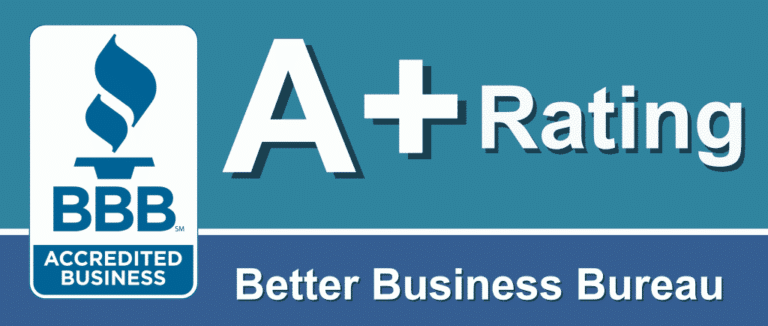TMJ (Temporomandibular Joint) Syndrome, sometimes known as TMD (Temporomandibular Dysfunction), is simply a dramatic extension of the classic tension headache. It is named for the Temporomandibular Joint, located in front of the ear, where the lower jaw rests in the skull bone socket. Often related to clenching and misaligned bite, TMD Syndrome, over time, can produce extreme spasms and trauma not only to the jaw muscles, but also to the neck and shoulders. In many cases, the back muscles are also affected. (*Take the TMJ Self-Test at the bottom of this article).
Between the top of the lower jaw (called the condyle) and the skull is a cartilaginous disc. This disc serves as a cushion for the condyle as it moves forward and down when the mouth is opening. If this disc gets displaced, because of a misaligned bite or an improper relationship of the upper and lower jaws, there is often a click or pop when the mouth opens; sometimes the jaw may even lock.
Symptoms of TMD may include dizziness, headaches, migraines, facial pain, tooth pain, and pain extending down the arms into the fingers. Patients with TMD may also have trouble opening their jaws or pain whenever they move their jaws. They may experience ringing in their ears, and/or chronic neck and backache pain; they are also more likely to grind their teeth.
The Temporomandibular Joint is situated at the intersection of three major energy meridians; these relate to the stomach, the endocrine system and the small intestine.
Relief of TMD can, therefore, spark a tremendous healing process throughout the body, relieving symptoms like stomach problems, chest pains and cold extremities.
TMD generally requires bite adjustments (reshaping of the tooth surfaces) and, sometimes, braces to correct the misalignment of the jaws. Because TMD causes so much trauma to the whole system, particularly to the skeletal structure and the muscles, we often recommend both a homeopathic remedy and some bodywork to hasten the healing process during or after the bite adjustment process.
Sometimes, prior to the bite adjustment, or while treatment is in progress, an appliance is needed. This fits over the upper or lower teeth to reposition the jaw and, thereby to alleviate the muscle spasms. If you would like to learn more about TMD and how it might be affecting you or a loved one, please speak with one of our highly trained staff members.
Further Reading:
Sleep Disordered Breathing in Adults
3-D Panoramic Imaging – Provides TMJ Analysis
Answer the following questions:
If you answered “yes” to any of the above, especially 2 or more, there is a good chance you may have TMD (temporomandibular dysfunction)
Call Us: (203) 371-8258

"*" indicates required fields